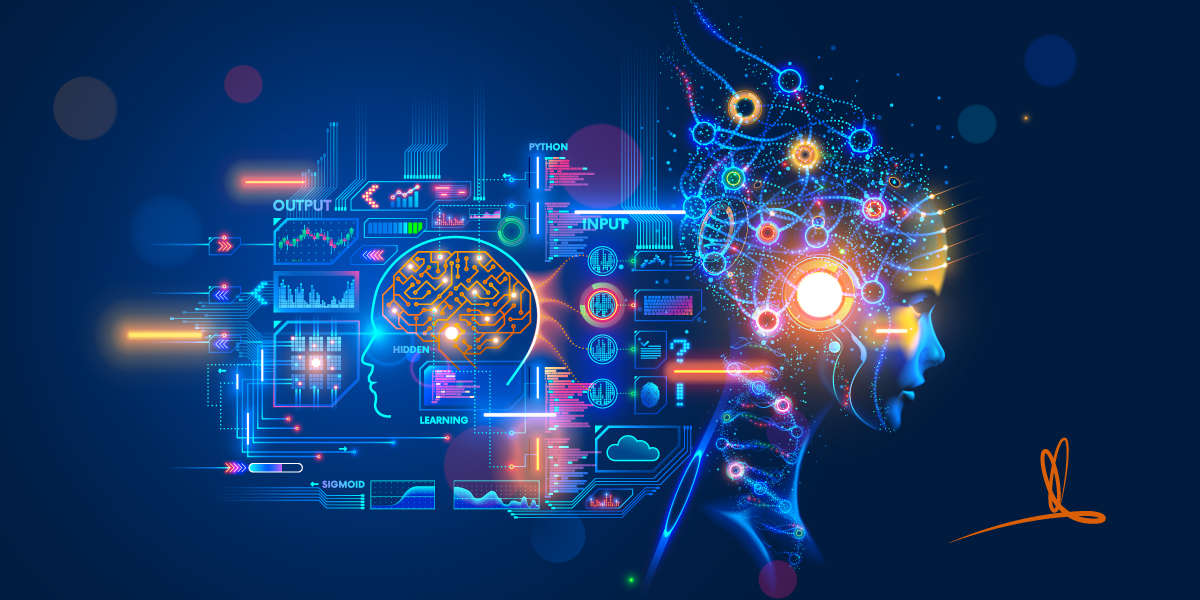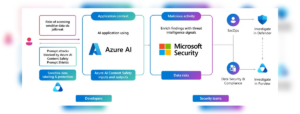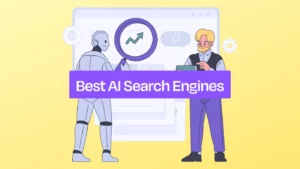Introduction:
Imagine if computers could learn and grow, just like curious children do. This concept forms the basis of Machine Learning (ML), a revolutionary technology that empowers computers to evolve and make decisions on their own.
Artificial intelligence (AI) is a broad term that refers to the ability of machines to perform tasks that are typically associated with human intelligence, such as learning, reasoning, and problem-solving.
Read more: Why everyone is talking about Artificial Intelligence: Workings, future & Risks
Machine learning (ML) is a subset of AI that focuses on developing algorithms that can learn from data without being explicitly programmed.
This allows software applications to become more accurate in predicting outcomes without being explicitly programmed to do so. Machine learning algorithms use historical data as input to predict new output values.
This article delves into the world of machine learning, comparing it to how children learn, and how this fascinating process is changing the way we interact with technology.
History
The history of machine learning can be traced back to the early days of AI research in the 1950s. However, it wasn’t until the 1980s and 1990s that its algorithms began to show real promise.
In recent years, machine learning has seen a rapid growth in popularity, due to the availability of large datasets and the development of powerful computing resources.
How does ML code learn
Imagine you are a child learning to recognize objects. You are shown a picture of a cat and told that it is a cat. You are then shown a picture of a dog and told that it is a dog. Over time, you learn to identify the features that distinguish cats from dogs.
A machine learning algorithm works in a similar way. It is given a set of data, such as images of cats and dogs. The algorithm learns to identify the features that are common to cats and dogs, and to use these features to predict whether a new image is a cat or a dog.
A machine learning code learns to differentiate by being trained on a dataset of labeled data. In the case of cat and dog classification, the dataset would consist of images of cats and dogs, each with a label indicating whether the image is of a cat or a dog.
The machine learning code would then use a technique called supervised learning to learn the features that distinguish cats from dogs. This is done by feeding the code the images in the dataset, one at a time, and letting it adjust its weights and biases until it can correctly classify the images with a high degree of accuracy.
The features that the machine learning code learns to identify can be very complex. For example, it might learn to identify the shape of the eyes, the length of the snout, or the color of the fur. Once the code has learned these features, it can use them to classify new images with a high degree of accuracy.
Read More:What is Machine Learning? | IBM
Example
Here is an example of how a machine learning code might learn to differentiate between cats and dogs:
- The code is given a dataset of 1000 images, 500 of which are cats and 500 of which are dogs.
- The code is then trained on this dataset using a supervised learning algorithm.
- The code learns to identify the features that distinguish cats from dogs, such as the shape of the eyes, the length of the snout, and the color of the fur.
- Once the code is trained, it can be used to classify new images with a high degree of accuracy.
The machine learning code can be further improved by using a technique called transfer learning. Transfer learning is where the code is trained on a large dataset of images, such as the ImageNet dataset, which contains millions of images of different objects.
This allows the code to learn more general features that can be used to classify new images, even if the new images are not in the same dataset that the code was originally trained on.
Transfer learning is a powerful technique that can be used to improve the performance of machine learning codes. It is especially useful for tasks where there is a limited amount of labeled data available.
Types
There are two main types of machine learning: supervised learning and unsupervised learning.
Supervised learning is where that algorithm is given labeled data, meaning that the output values are known. The algorithm then learns to predict the output values for new input data.
Unsupervised learning is where the machine learning algorithm is not given labeled data. The algorithm then learns to identify patterns in the data and to group the data into clusters.
Real-Life Miracles: Machine Learning in Action
Here are some examples of how machine learning is used today:
Healthcare: It is used to diagnose diseases, recommend treatments, and personalize medication.
Finance: It is used to detect fraud, predict market trends, and manage risk.
Transportation: It is used to optimize traffic flow, predict demand for transportation, and develop self-driving cars.
Manufacturing: It is used to improve quality control, optimize production processes, and develop new products.
Machine learning is a rapidly evolving field, and new applications are being developed all the time. It is a powerful tool that has the potential to change the world.
The Future: Machines that Understand and Adapt
Just as children grow into knowledgeable adults, machine learning will continue to evolve. Imagine a world where machines can understand human emotions, predict natural disasters, and even assist in medical diagnoses. The possibilities are boundless.








